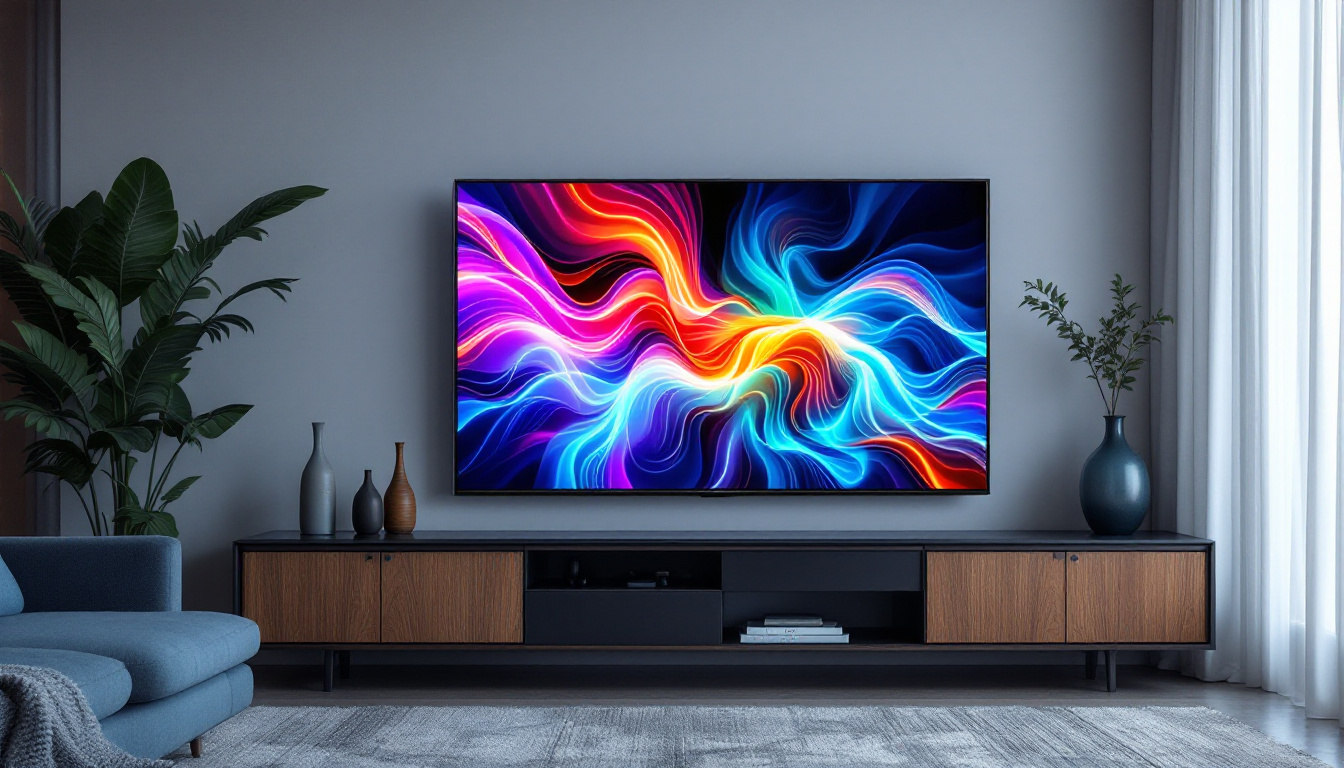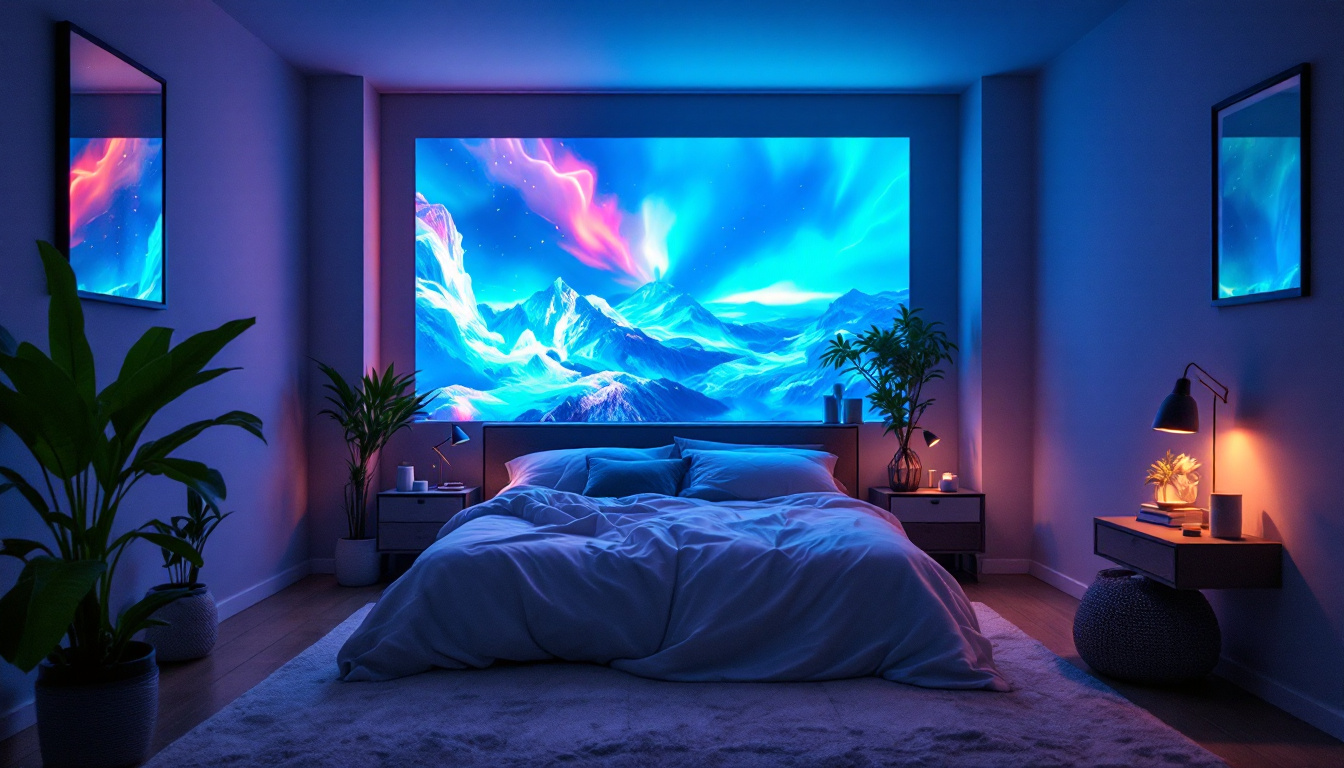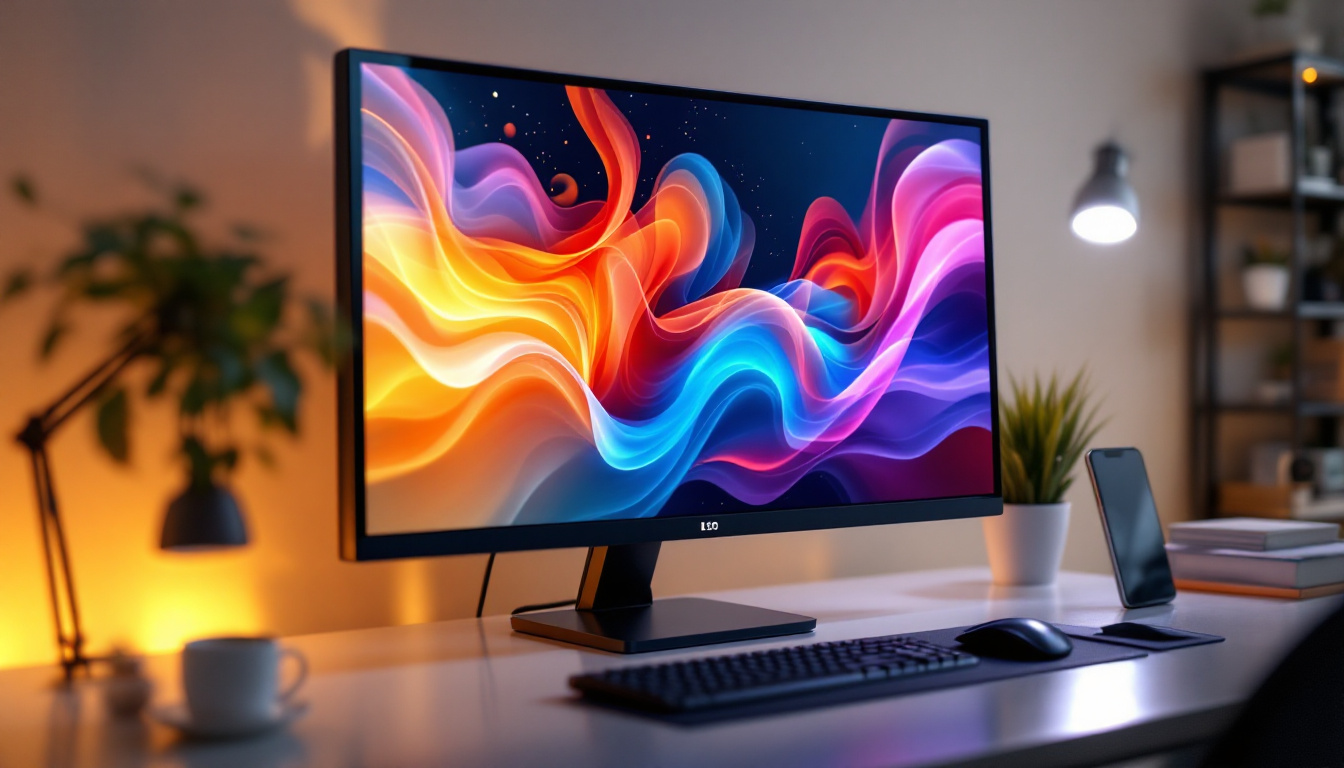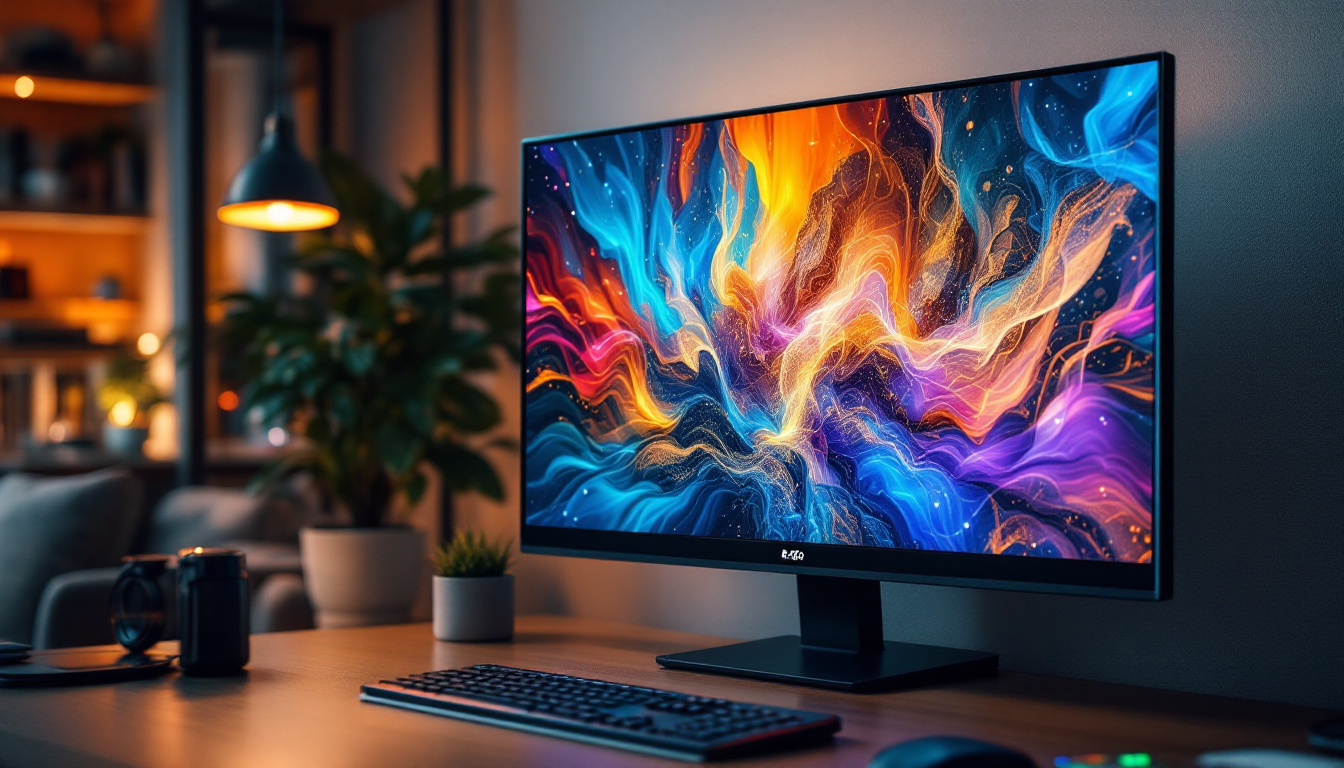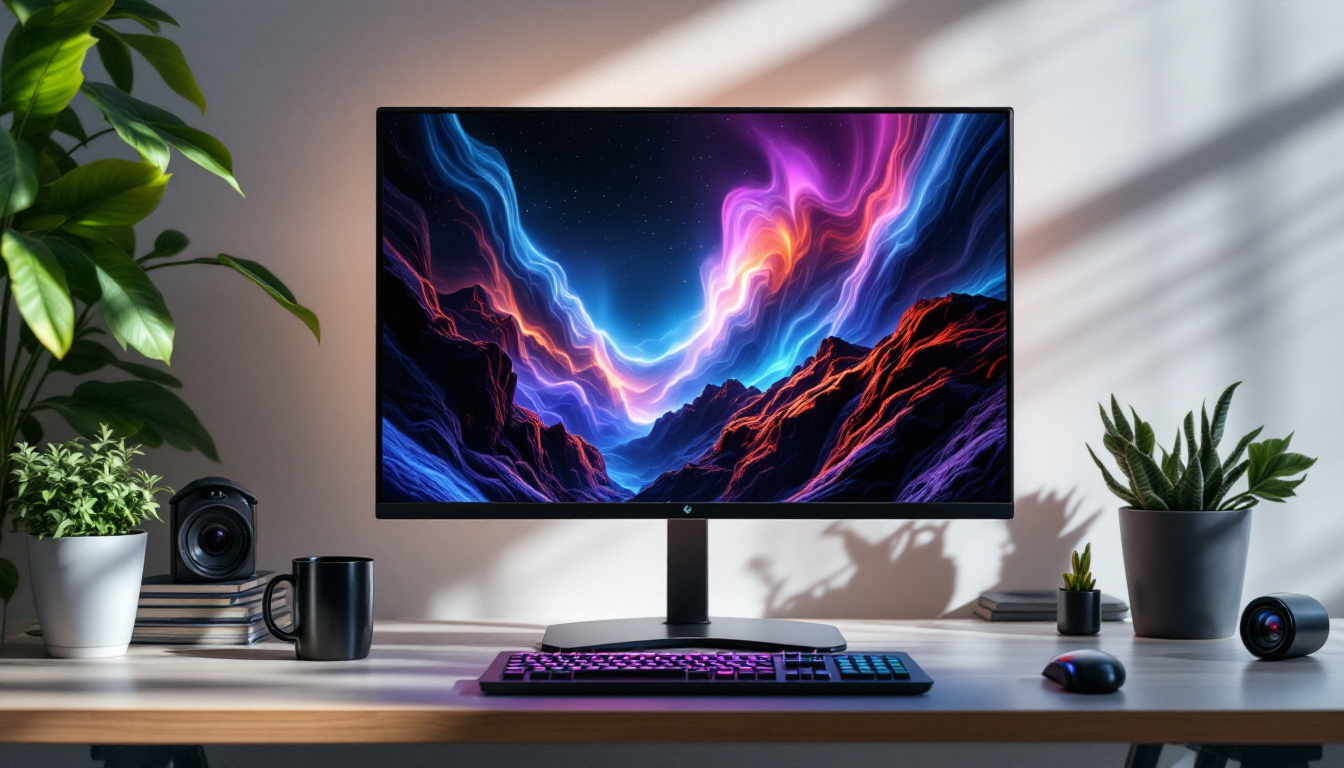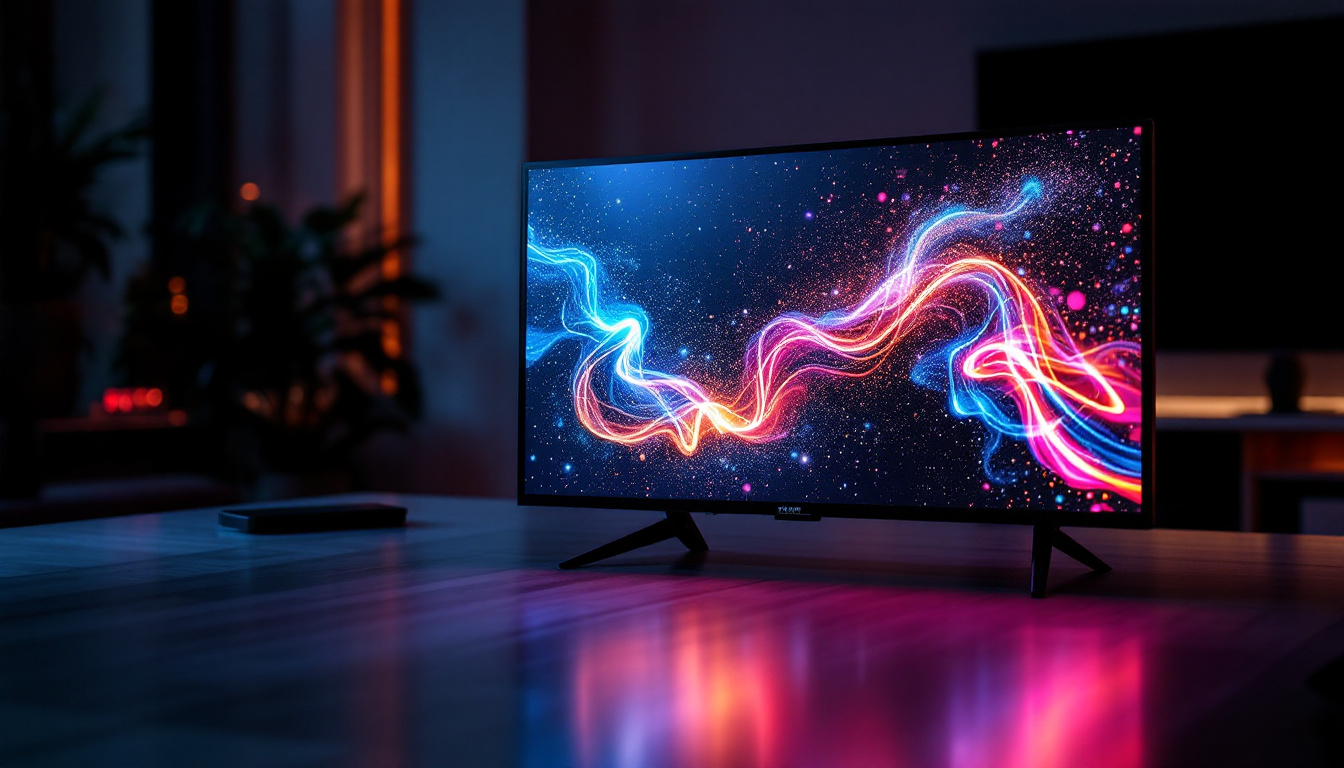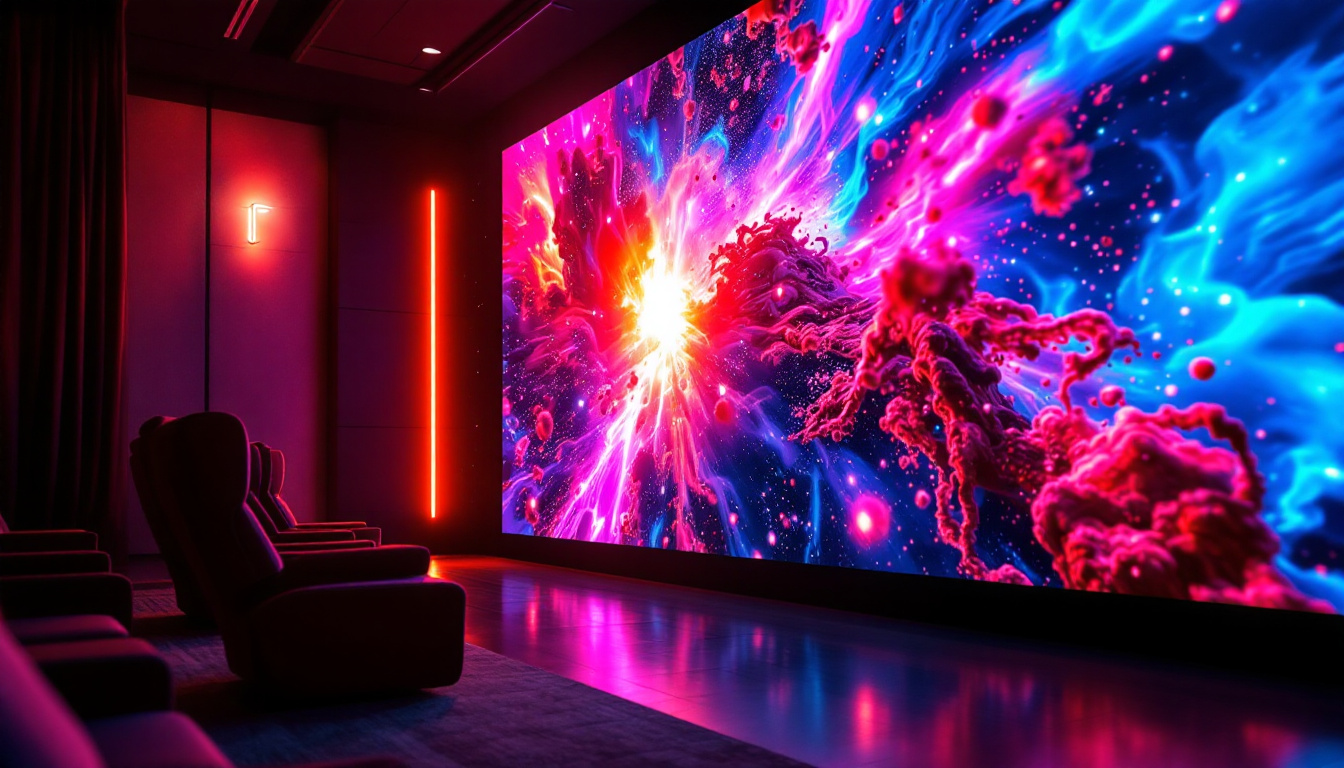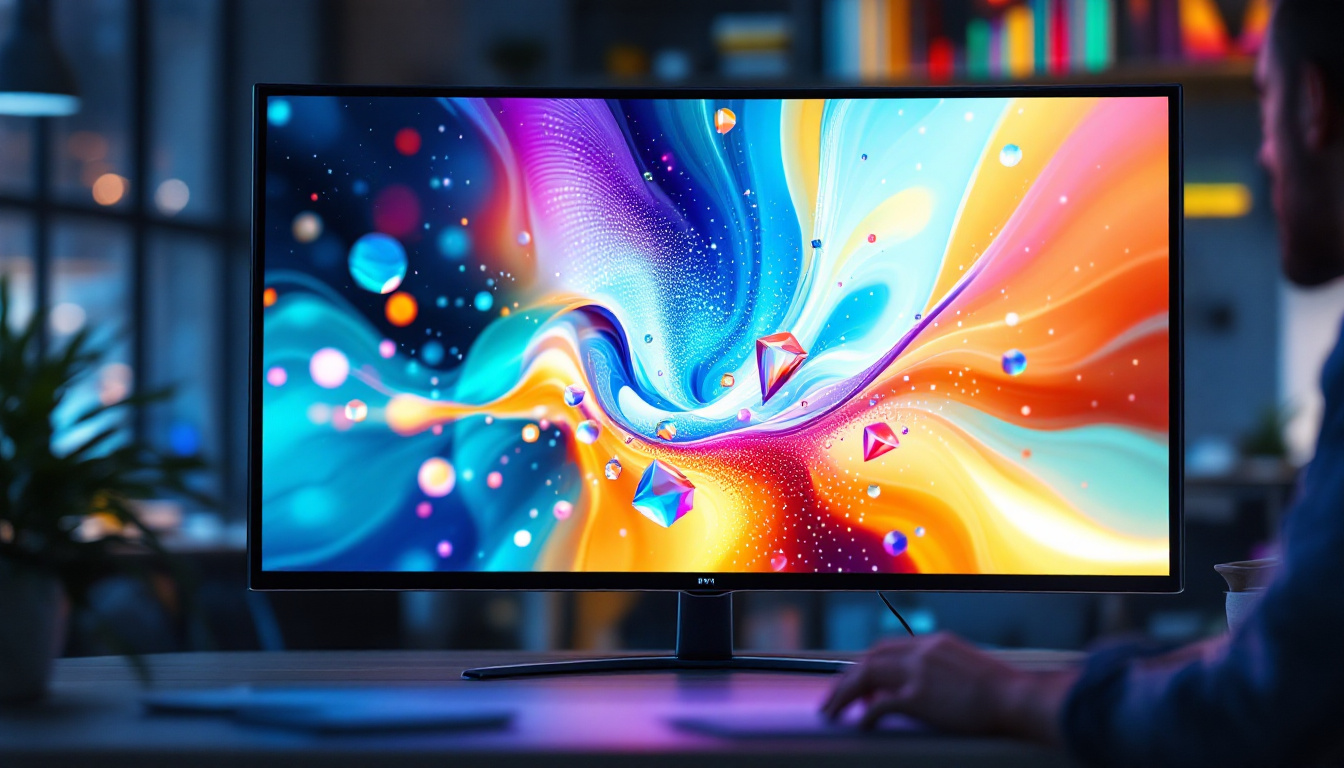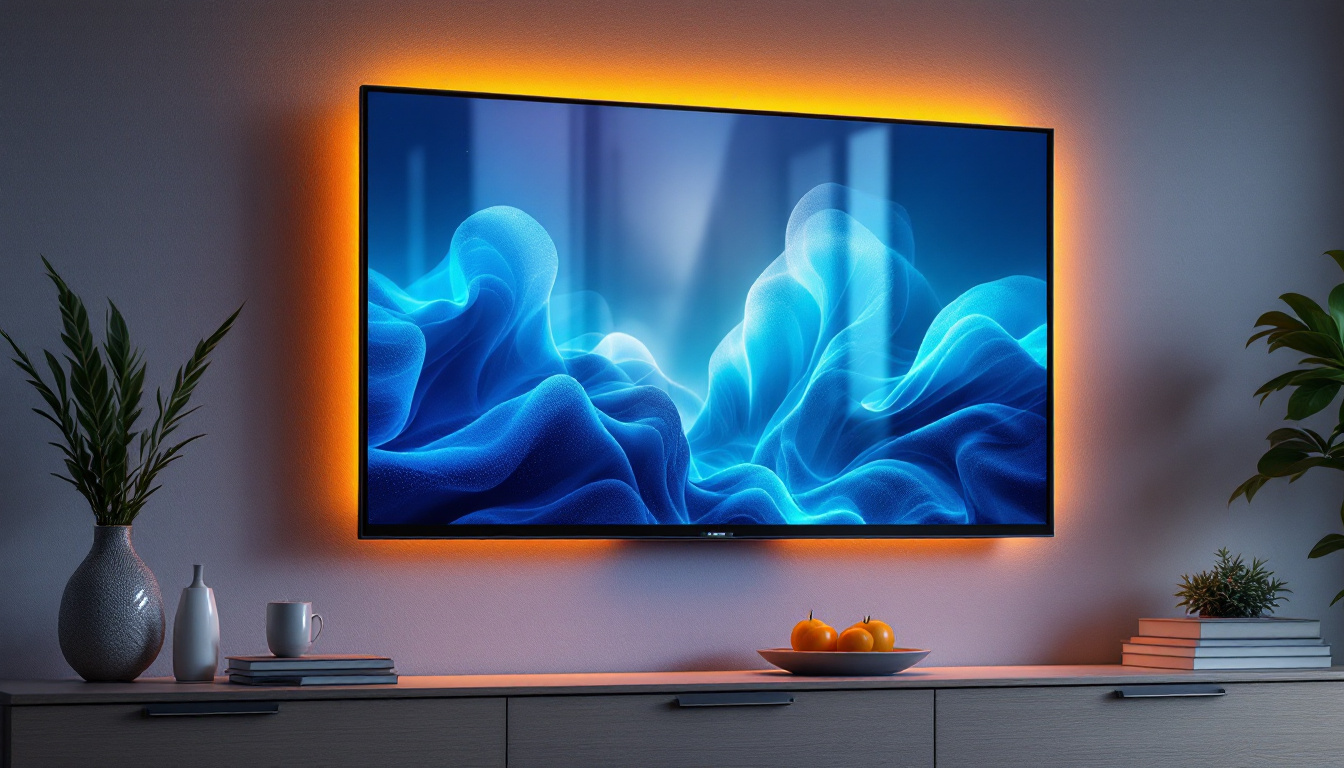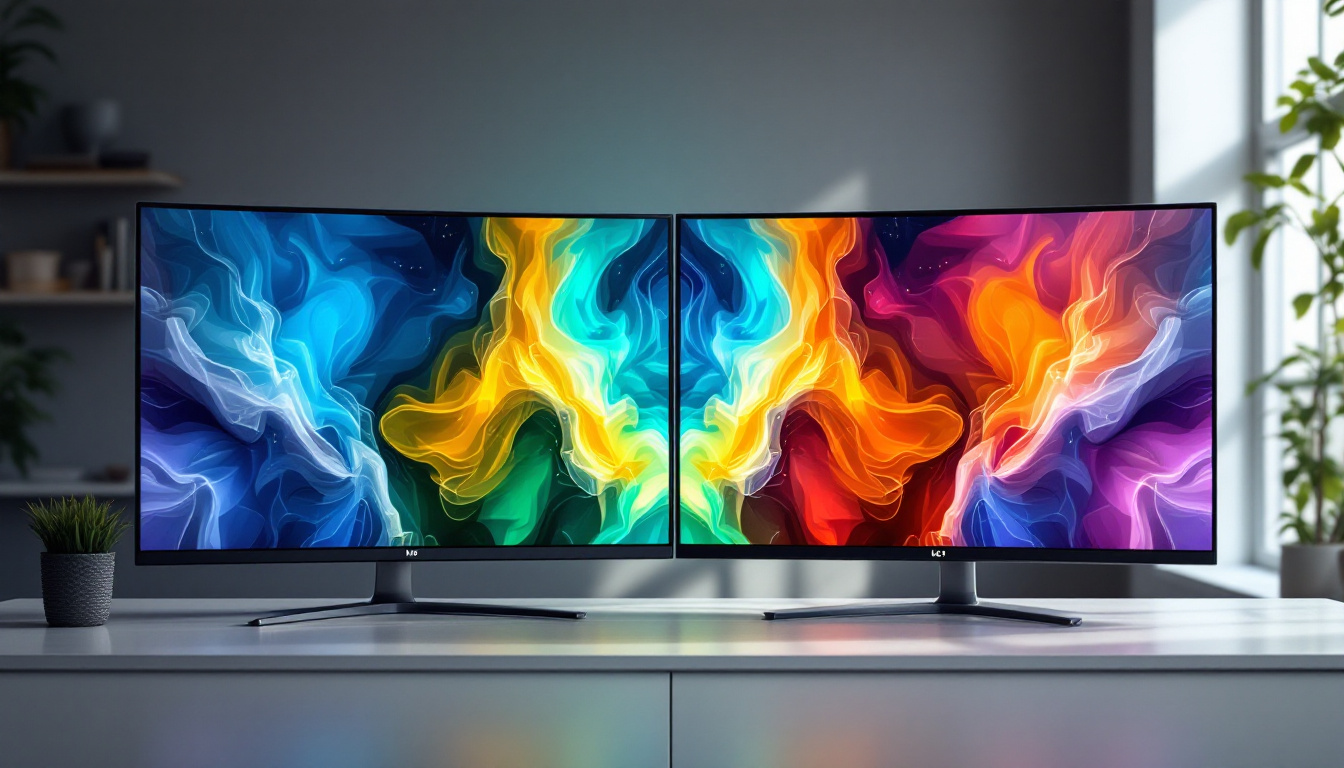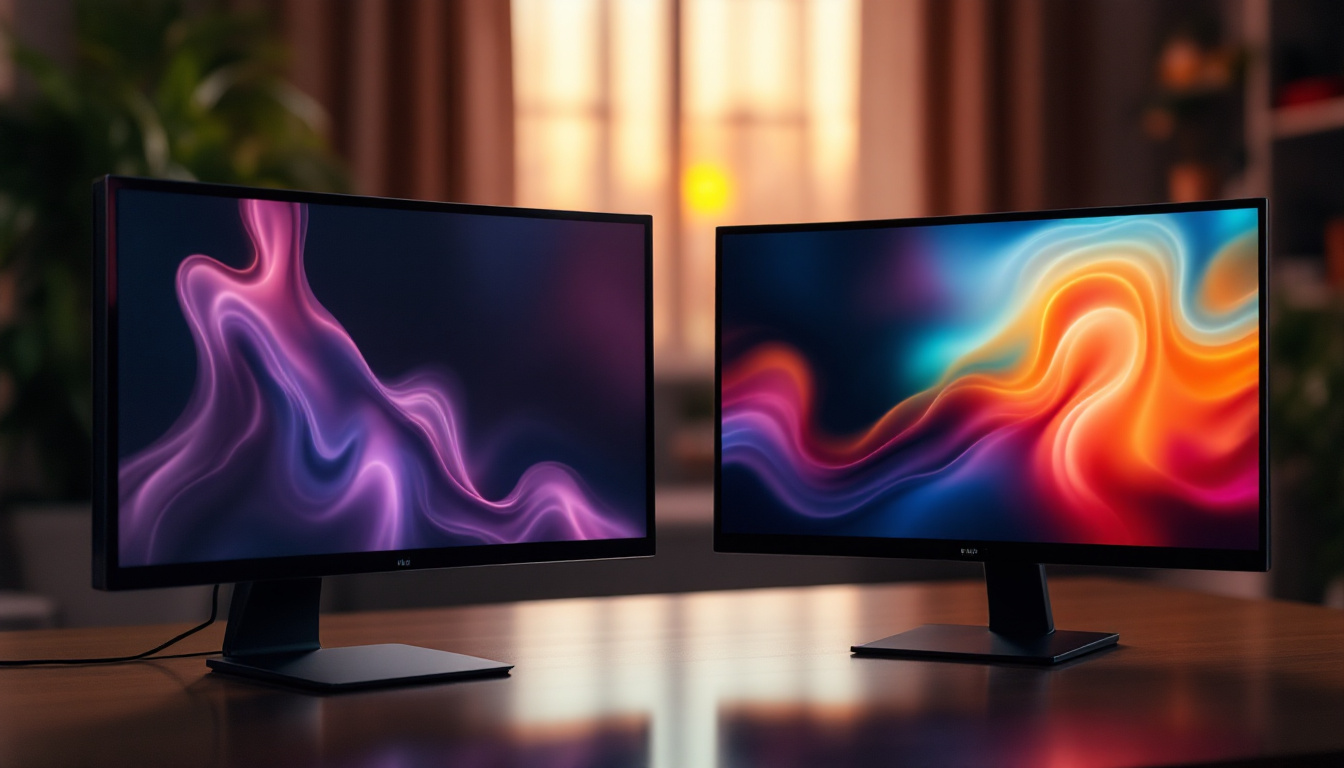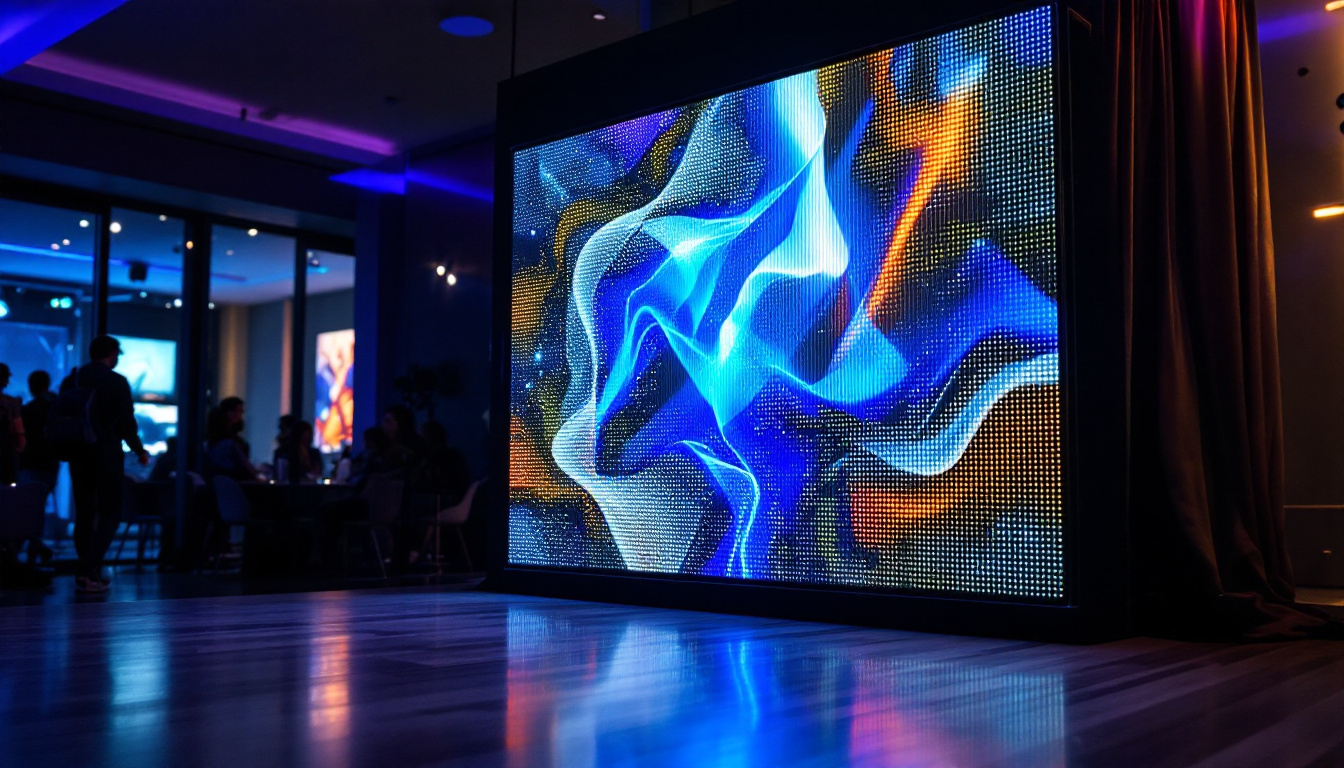New Touch Screen TV: LED Display Explained
The evolution of television technology has reached an exciting new milestone with the introduction of touch screen TVs featuring LED displays. This innovative combination not only enhances user interactivity but also delivers stunning visual quality. In this article, we will explore the intricacies of LED display technology, the benefits of touch screen interfaces, and how these advancements are shaping the future of home entertainment.
Understanding LED Display Technology
Light Emitting Diode (LED) technology has revolutionized the way images are displayed on screens. Unlike traditional LCD screens that use fluorescent backlighting, LED displays utilize tiny diodes that emit light, resulting in brighter colors and deeper blacks. This section will delve into the mechanics of LED displays and their advantages over other technologies.
How LED Displays Work
At the heart of LED display technology lies the concept of individual light sources. Each pixel on an LED screen is made up of red, green, and blue diodes, which combine to create a full spectrum of colors. When an image is displayed, these diodes light up in various intensities, producing vibrant visuals. This direct light emission allows for better contrast ratios and improved energy efficiency.
Moreover, there are two main types of LED displays: edge-lit and full-array. Edge-lit LED displays have diodes positioned along the edges of the screen, while full-array displays feature a grid of diodes behind the entire screen. Full-array systems generally provide superior picture quality, especially in terms of brightness and uniformity. In addition, advancements in local dimming technology have further enhanced the performance of full-array displays, allowing specific zones of the screen to dim or brighten independently, thereby improving the overall dynamic range of the image.
Advantages of LED Displays
LED technology offers numerous advantages that make it a preferred choice for modern televisions. Firstly, LED displays are known for their exceptional brightness levels, which enhance viewing experiences in well-lit environments. This is particularly beneficial for daytime viewing or in rooms with large windows. Furthermore, the rapid response time of LED displays minimizes motion blur, making them ideal for fast-paced content such as sports or action movies, ensuring that viewers enjoy a crisp and clear picture without lag.
Secondly, LED displays are more energy-efficient compared to their LCD counterparts. They consume less power while delivering superior performance, making them an environmentally friendly option. Additionally, the longevity of LED displays means that they often outlast traditional screens, providing better value for consumers. The durability of LED technology also translates to less frequent replacements, which not only saves money but also reduces electronic waste. As the demand for larger screens grows, the lightweight and slim profile of LED displays allows for easier installation and integration into various settings, from home theaters to commercial displays.
The Rise of Touch Screen Technology
Touch screen technology has become increasingly prevalent in various devices, from smartphones to tablets, and now, televisions. The integration of touch screen capabilities into TVs marks a significant shift in how viewers interact with their entertainment systems. This section will examine the benefits of touch screen technology in televisions.
Enhanced User Interaction
One of the most notable advantages of touch screen TVs is the enhanced user interaction they provide. Instead of relying solely on remote controls or voice commands, viewers can directly engage with the screen. This tactile experience allows for intuitive navigation through menus, apps, and streaming services.
Furthermore, touch screen functionality encourages a more engaging viewing experience. Users can easily swipe through content, pinch to zoom, or tap to select, making it feel more like interacting with a tablet than a traditional TV. This level of interactivity can transform how families and friends enjoy media together. Imagine a family gathering where everyone can contribute to the playlist by simply tapping their favorite songs on the screen, creating a shared experience that fosters connection and collaboration.
Applications Beyond Entertainment
Touch screen TVs are not limited to entertainment alone; they serve various practical applications as well. For instance, they can be used for educational purposes, allowing students to interact with content in a dynamic way. Interactive learning tools can be displayed, making lessons more engaging and effective.
Additionally, touch screen TVs can function as digital whiteboards in business settings. They facilitate presentations, brainstorming sessions, and collaborative projects, making them valuable assets in corporate environments. This versatility highlights the potential of touch screen technology beyond mere entertainment. In healthcare, for example, touch screen TVs can be utilized for patient education, allowing medical professionals to visually present information about treatments or procedures in an interactive manner. This not only enhances understanding but also empowers patients to take an active role in their healthcare decisions.
Moreover, in the realm of smart homes, touch screen TVs can serve as central hubs for controlling various connected devices. Users can adjust lighting, temperature, and security settings directly from their TV screens, streamlining the management of their home environment. This integration of technology into everyday life showcases how touch screen TVs can enhance convenience and efficiency, making them indispensable in modern households.
Combining LED and Touch Screen Technologies
The fusion of LED display technology and touch screen interfaces creates a powerful combination that enhances the overall viewing experience. This section will explore how these technologies work together and the implications for consumers.
Visual Quality Meets Interactivity
When LED displays are paired with touch screen technology, the result is a visually stunning and interactive experience. The vibrant colors and sharp contrasts of LED screens complement the intuitive nature of touch interfaces. Viewers can enjoy breathtaking visuals while easily navigating through content with a simple touch.
This synergy is particularly advantageous for gaming and interactive applications. Gamers can benefit from the responsive touch capabilities while enjoying the rich graphics that LED displays provide. This combination allows for immersive experiences that were previously unattainable with traditional TV setups.
Smart Features and Connectivity
Modern touch screen TVs equipped with LED displays often come with smart features that enhance connectivity and functionality. Users can connect their devices via Wi-Fi or Bluetooth, allowing for seamless streaming and sharing of content. This connectivity enables viewers to access a plethora of apps, including social media, gaming, and educational tools, all from the comfort of their living rooms.
Moreover, many touch screen TVs support voice control and smart home integration, further enriching the user experience. This means that viewers can control their TV and other connected devices with simple voice commands, making the entire entertainment system more cohesive and user-friendly.
Considerations When Choosing a Touch Screen LED TV
While the allure of touch screen LED TVs is undeniable, potential buyers should consider several factors before making a purchase. This section will outline key considerations to ensure an informed decision.
Screen Size and Resolution
The size of the TV and its resolution are crucial factors that can significantly impact viewing experiences. Larger screens provide a more immersive experience, especially for movies and gaming. However, it is essential to choose a size that fits well within the intended space.
Resolution also plays a vital role in image quality. Options such as Full HD (1080p), 4K (Ultra HD), and even 8K are available. Higher resolutions offer more detail and clarity, making them ideal for larger screens. It is advisable to assess the viewing distance and choose a resolution that complements the screen size.
Touch Sensitivity and Responsiveness
Not all touch screen TVs are created equal when it comes to sensitivity and responsiveness. It is important to test the touch functionality to ensure it meets expectations. A responsive touch screen enhances user experience, allowing for smooth navigation and interaction.
Additionally, consider the technology used for touch sensitivity. Capacitive touch screens, which respond to the electrical properties of the human body, are generally more responsive than resistive touch screens. This distinction can significantly affect the overall usability of the device.
Future Trends in Touch Screen LED TVs
The integration of touch screen technology with LED displays is just the beginning. As technology continues to advance, several trends are likely to shape the future of touch screen TVs. This section will highlight potential developments that consumers can look forward to.
Advancements in Display Technology
Future touch screen LED TVs may incorporate even more advanced display technologies, such as MicroLED and OLED. These technologies promise improved color accuracy, contrast ratios, and energy efficiency. As manufacturers continue to innovate, consumers can expect even more stunning visuals and enhanced performance.
Additionally, the development of flexible displays could lead to new design possibilities. Imagine a touch screen TV that can be rolled up or adjusted to fit various spaces, providing unparalleled versatility in home entertainment setups.
Enhanced Interactivity and AI Integration
As artificial intelligence (AI) continues to evolve, touch screen TVs are likely to become smarter and more intuitive. AI could enable personalized content recommendations based on viewing habits, making it easier for users to discover new shows and movies.
Furthermore, advancements in gesture recognition technology may allow users to control their TVs without physical contact. This could enhance the touch screen experience, providing even more ways to interact with content seamlessly.
Conclusion
The advent of touch screen TVs featuring LED displays marks a significant leap forward in home entertainment technology. By combining the vibrant visuals of LED with the intuitive interactivity of touch screens, these devices are redefining how viewers engage with media.
As technology continues to advance, consumers can expect even more exciting developments in this space. Whether for entertainment, education, or business applications, touch screen LED TVs offer a glimpse into the future of interactive viewing experiences. With careful consideration of features and preferences, potential buyers can find the perfect model to enhance their home entertainment setup.
Discover the Future of Interactive Viewing with LumenMatrix
Ready to elevate your viewing experience with the latest in touch screen LED technology? LumenMatrix is at the forefront of this innovation, offering a wide array of LED display solutions tailored to meet your needs. From mesmerizing Indoor LED Wall Displays to dynamic Outdoor LED Wall Displays, and from versatile Vehicle LED Displays to sleek LED Poster Displays, our products are designed to captivate and engage. Embrace the future of visual communication with our LED Sports Displays, interactive Floor LED Displays, and the transformative Custom and All-in-One LED Display options. Experience transparency like never before with our LED Transparent Display. Don’t just watch—immerse yourself in the world of interactive media with LumenMatrix. Check out LumenMatrix LED Display Solutions today and transform your space into a hub of engagement and creativity.

